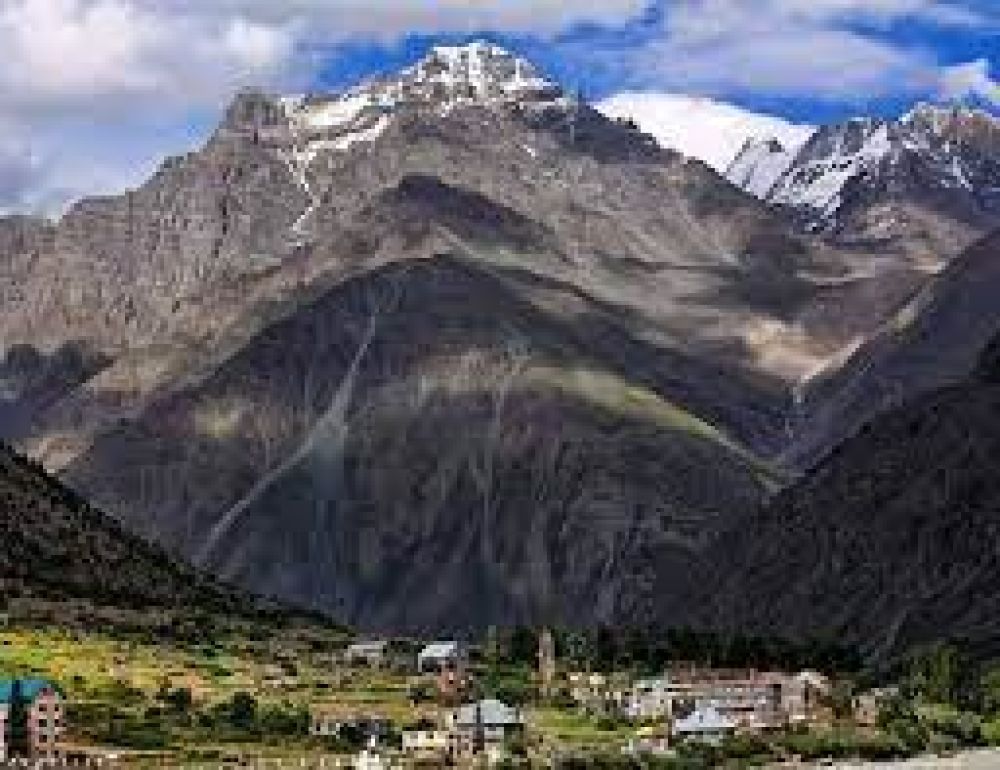

The history of tourism at Trilokinath Temple dates back several centuries when it was predominantly a pilgrimage destination for the followers of Buddhism and Hinduism. Located in the picturesque Spiti Valley of Himachal Pradesh, India, the temple is an epitome of spiritual syncretism, revered by both Buddhists, who call it 'Garja Padma Vihar', and Hindus where it is the abode of Lord Shiva.
The temple's origins are traced to the 8th century, and it has seen a myriad of changes throughout the ages, including the conversion from a Buddhist shrine to a Hindu temple. The sculpture of a six-armed deity is worshipped by Hindus as Lord Shiva and by Tibetan Buddhists as Avalokiteshvara, who embodies compassion.
It wasn't until the late 20th century that tourism began to gain more prominence. The Indian government and various travel organizations have since promoted the Spiti Valley as an adventure tourism destination, with the Trilokinath Temple being one of its gems.
Recently, trends in tourism at the Trilokinath Temple have been evolving, with a growing emphasis on sustainable and responsible travel. Visitors are increasingly attracted not just by the religious significance but also by the cultural experience and the breathtaking landscape of the cold desert mountain valley.
Modern-day tourism thrives on the unique combination of spirituality, history, and nature. The Spiti Valley, home to Trilokinath Temple, has become a hotspot for cultural immersion, photography, trekking, and exploring untouched scenic beauty. The Buddhist festival of Pauri, which takes place in August, draws a significant number of tourists to the temple every year, providing a peek into the vibrant cultural life of the region.
Local homestays and eco-friendly accommodations are on the rise, catering to the needs of environmentally conscious travelers. The infrastructure is being improved to handle tourism better while preserving the natural environment and cultural heritage.
Another trend is the increasing number of bike expeditions and road trips undertaken by adventure-seekers to Spiti Valley, who stop at the temple to marvel at its architecture and soak in its rich spiritual ambiance. With a blend of thrill and devotion, the Trilokinath Temple continues to be a beacon for those seeking solace and adventure.
As we move further into the 21st century, the Trilokinath Temple stands as a testament to the rich heritage and dynamic future of tourism in the Spiti Valley. It symbolizes the relentless human spirit for exploration and respect for diverse religious traditions.